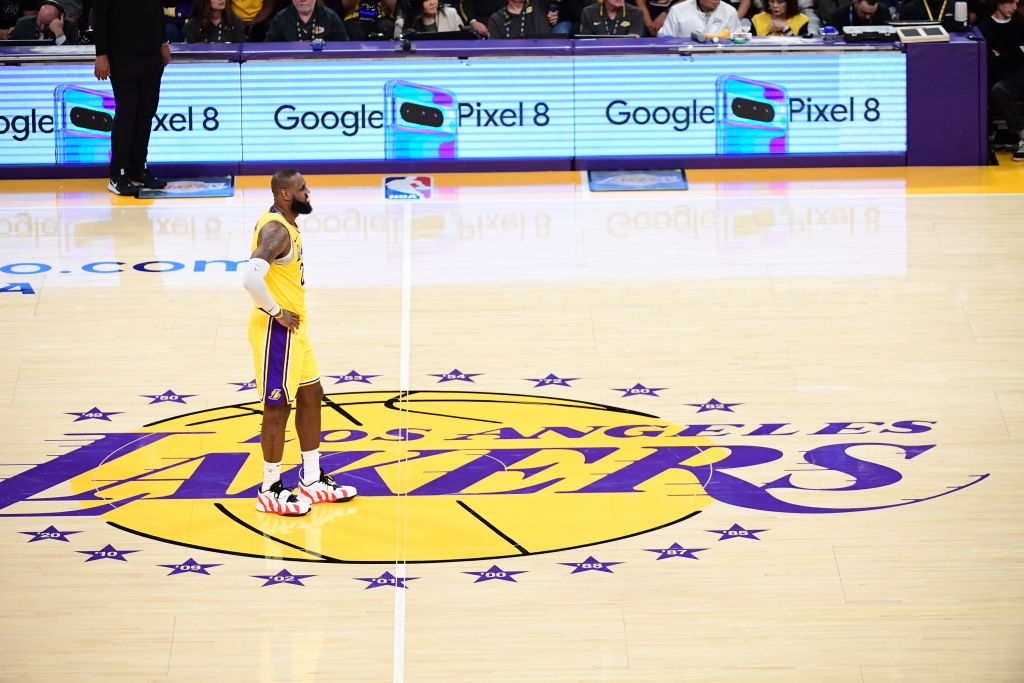All over metropolitan LA, as seismic waves were spreading from offshore, warnings started appearing on computers, mobile phones, and other electronic devices connected to the ShakeAlert early warning system.
Earthquake!
All agreed there had been a magnitude 5+ quake off Santa Cruz Island, and that its energy waves, radiating outward, would reach Los Angeles in less than a minute.
And for that, experts praised the budding network of sensors and processors for proving how far as it has come in the four years since Southern California last felt a quake so widely.
"Success of the system," said Doug Given, the coordinator of the ShakeAlert System developed by the United States Geological Survey.
"Worked as supposed to," said Josh Bashioum, founder of Early Warning Labs, which has developed distribution applications using the ShakeAlert data.
The warning was reported to be around 10 seconds at Caltech in Pasadena, about the same for cellphones with the QuakeAlert mobile app in Downtown LA, and about 20 seconds at the Southern California Earthquake Center at USC.
News
Top news of the day
What stood out was the signficantly longer arrival time estimate for one cellphone with the mobile app in Hollywood: 38 seconds.
How could that be?
Early warning relies on electronic notification traveling faster than the seismic waves that carry a quake's shaking through the earth's crust. In the case Thursday of the moderate quake that began offshore, south of Santa Cruz Island, Given said ShakeAlert sent out its data, including preliminary magniude, epicenter location, and start time within a tenth of a second, before the quake's S waves even reached the mainland.
The questionable 38 second notification drew widespread attention after it was tweeted out by online journalist Alissa Walker, one of those testing the app's beta version. She figured it took her four seconds to see the push notification, so her tweet placed the advance warning to her at 34 seconds.
In retrospect, Walker figured it was sooner than that when the quake reached her location and she felt a slight "roll," corroborated by nearby colleagues with whom she was on a conference call.
Bashioum's team investigated, and concluded that 38 second push alert she received was erroneously long, most likely due to the privacy setting on her phone.
It was set to allow access to location data only when the app is open, not all the time. Because the app was not open when the push notification was sent to her screen, the app relied on the phone's recorded location the last time the app was open — farther from the epicenter, and therefore leading to the longer time estimate for the quake to arrive.
"It's a hard balance between privacy and accuracy," Bashioum said.
When Walker heard and saw the notification and opened the app, it got access to her actual location, and the arrival time would have been updated, Bashioum said. He said, overall, calculated arrivals times were "very accurate."
Early Warning Labs will continue to respect location privacy preferences, but look at ways to deal with push notification accuracy, Bashioum said, as it continues preparing the app for release to the public.
That will require a green light from the USGS, which Bashioum is expecting in summer.
In recent months, the USGS has approved nine additional companies to develop utilizations of the ShakeAlert data for a variety of applications.
With USGS approval, Early Warning Labs has already put several commercial applications into operation, including a hardwire installation last year at the Regatta Seaside condominium community in Marina del Rey.
It integrates quake warning with the fire alarm system to alert residents of all 224 units. Future additions will include triggers to open gates and halt elevators and open doors so residents do not become trapped during a quake.
For Metro subway and light rail, Early Warning Labs has installed a system that will shut down trains when a large quake is anticipated.
The threshold for triggering is set at an anticipated level of shaking that could potentially cause damage or injury. The shaking from Wednesday's offshore quake was too mild to reach that threshold on the rails and at Regatta Seaside, and so there were no disruptions.
For now, recipients of the USGS ShakeAlert data use their own algorithms to compute arrival time. Starting next year, USGS plans to include that function. That will be an essential element when ShakeAlerts are delivered over the Wireless Emergency Alert System, as Amber and weather alerts are currently.



